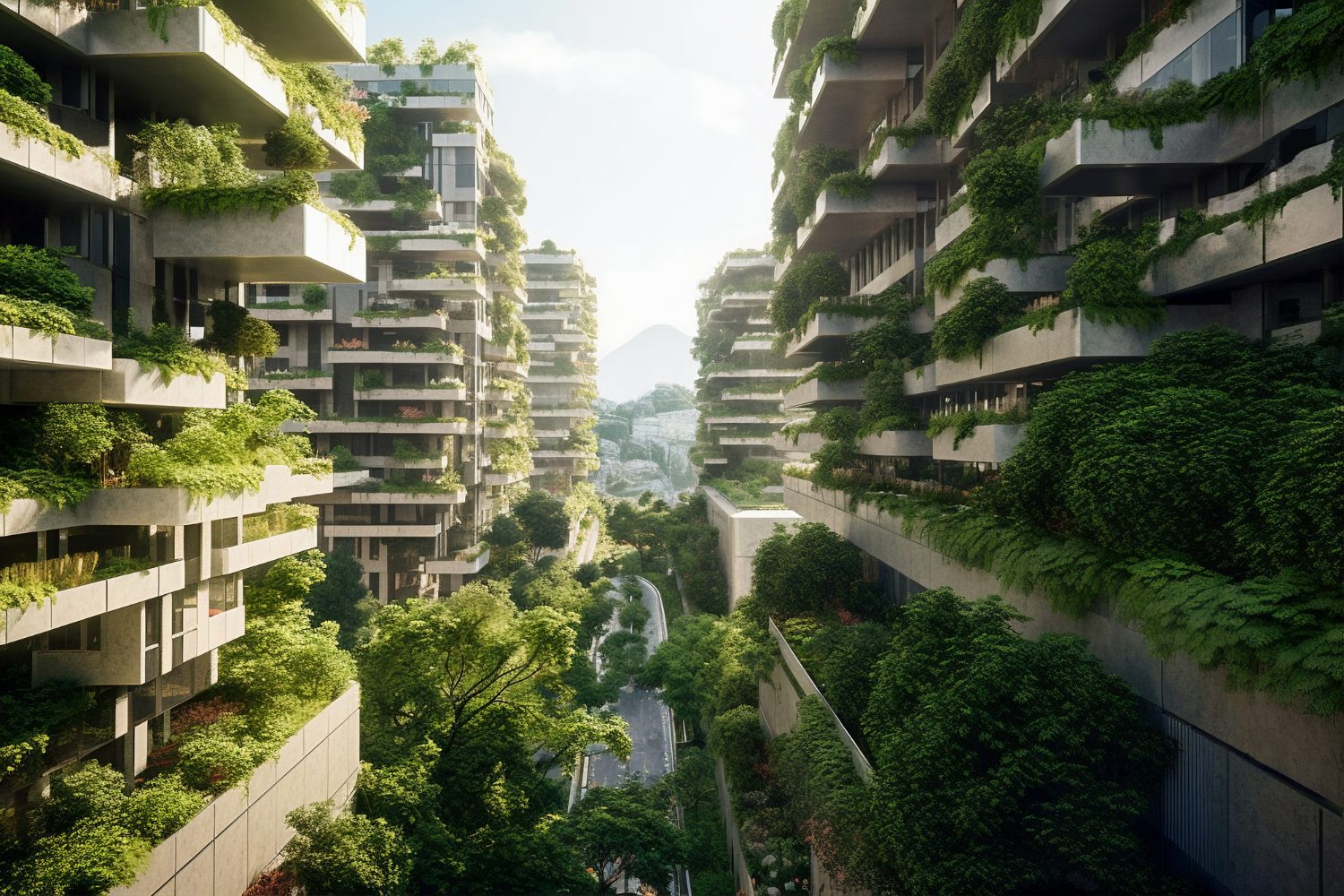The construction industry in the Gulf is rapidly evolving to meet the demands of sustainable development. With a growing emphasis on eco-friendly materials and green building techniques, the region is setting new standards for sustainability. This article explores the key aspects of sustainable construction in the Gulf, highlighting innovative practices and their impact on the environment.
Table of Contents
The Importance of Sustainable Construction
Sustainable construction practices aim to reduce the environmental impact of buildings throughout their lifecycle. This involves using eco-friendly materials, implementing energy-efficient designs, and adopting waste reduction strategies. Sustainable construction not only benefits the environment but also offers long-term economic advantages by reducing operational costs and improving the health and well-being of occupants.
Key Sustainable Construction Practices
Green Building Certifications
Green building certifications, such as LEED (Leadership in Energy and Environmental Design), are gaining popularity in the Gulf. These certifications set stringent standards for sustainability, ensuring that buildings are environmentally responsible and resource-efficient.
Benefits of Green Building Certifications:
- Environmental Impact: Reduced carbon footprint and energy consumption.
- Market Value: Increased property value and marketability.
- Health and Well-being: Improved indoor air quality and occupant health.
Case Studies: LEED-Certified Buildings
Notable LEED-certified buildings in the Gulf include the Al Bahr Towers in Abu Dhabi and the Qatar National Convention Centre. These projects showcase the region’s commitment to sustainable construction practices.
Sustainable Materials
The choice of construction materials plays a crucial role in sustainability. The Gulf region is increasingly adopting sustainable materials that minimize environmental impact.
Examples of Sustainable Materials:
- Bamboo: A rapidly renewable resource used for flooring and structural elements.
- Recycled Steel: Reduces the need for new steel production and lowers greenhouse gas emissions.
- Cork: Harvested from the bark of cork oak trees, used for flooring and insulation.
Innovative Use of Sustainable Materials
Projects like Masdar City in Abu Dhabi demonstrate the effective use of sustainable materials, incorporating recycled steel and bamboo in their construction.
Energy Efficiency
Energy-efficient building designs are a cornerstone of sustainable construction. These designs aim to reduce energy consumption through innovative architectural solutions and the use of renewable energy sources.
Energy-Efficient Design Strategies
- Passive Solar Design: Maximizing natural light and heat through building orientation and window placement.
- Insulation: Using high-quality insulation materials to reduce heating and cooling needs.
- Energy-Efficient Systems: Incorporating energy-efficient HVAC systems, lighting, and appliances.
Examples of Energy-Efficient Buildings
The Burj Khalifa in Dubai, despite its height, integrates several energy-efficient technologies, including high-performance glazing and automated lighting systems.
Water Conservation
Water conservation is particularly critical in the Gulf due to the region’s arid climate. Sustainable construction practices include advanced water management systems to reduce water usage.
Water Conservation Techniques
- Rainwater Harvesting: Capturing and storing rainwater for non-potable uses such as irrigation.
- Greywater Recycling: Reusing wastewater from sinks and showers for landscaping and other non-potable purposes.
- Low-Flow Fixtures: Installing low-flow toilets, faucets, and showerheads to minimize water usage.
Case Studies: Water Conservation in Gulf Projects
The King Abdullah Financial District in Riyadh incorporates greywater recycling and rainwater harvesting systems, significantly reducing its water consumption.
Waste Management
Effective waste management strategies are essential for minimizing the environmental impact of construction projects. These strategies focus on reducing, reusing, and recycling construction waste.
Waste Reduction Strategies
- Recycling Programs: Implementing on-site recycling programs for materials like concrete, wood, and metal.
- Waste Segregation: Separating waste materials to facilitate recycling and reuse.
- Efficient Material Use: Using prefabricated components to reduce material waste.
Examples of Waste Management
The Lusail City development in Qatar employs comprehensive waste management strategies, diverting a significant portion of construction waste from landfills.
Conclusion
Sustainable construction practices are transforming the Gulf’s construction industry, setting new benchmarks for environmental responsibility and resource efficiency. By adopting green building certifications, using sustainable materials, implementing energy-efficient designs, conserving water, and managing waste effectively, the region is leading the way toward a more sustainable future. As these practices continue to evolve, they will play a crucial role in mitigating the environmental impact of construction and promoting sustainable urban development.




